Making an AD facility health and safety compliant
Achieving a safe working environment at an anaerobic digestion (AD) plant requires a holistic approach to identify risks and make sure they are mitigated.
A robust management system is required for a clearly defined health and safety policy to translate into consistent compliance on-site. An effective plant management system will:
- Demonstrate the employer has complied with the necessary legal obligations and kept suitable records of instruction, information provision and training
- Ensure any concerns or issues are addressed through proper consultation and engagement with the workforce
Health and safety management starts with an understanding of the legal, ethical and financial reasons for ensuring the health safety and wellbeing of employees.
Legal requirements
As with all workplaces, AD plants are required by law to comply with the Health and Safety at Work Act, which sets out that employers have a duty to protect the health, safety and welfare of all employees and other visitors to a workplace. Importantly, there are key duties assigned to employees to be responsible for their own health and safety while at work.
The Act allows for the creation of regulations to be passed into law, to specify the particulars of workplace health and safety. Some of the regulations also have approved codes of practices (ACOP’s), available from the health and safety executive (HSE) website, on how to demonstrate compliance to the regulations.
The Management of Health and Safety at Work Regulations (1999)
Regulation 7 identifies that an employer needs to appoint competent and suitable health and safety assistants to ensure that measures are taken to comply with the regulations.
Another significant element of this is to ensure suitable and sufficient risk assessments, with plans in place to manage these risks. A risk assessment needs to identify the significant and foreseeable risks that could occur as part of the activities and tasks undertaken while at work.
Some key risks that need to be managed within AD are:
1. Explosion
A Dangerous Substances and Explosive Atmospheres Regulations (DSEAR) assessment is a good place to start to identify explosion risks. After the tragic events at Avonmouth, relating to multiple fatalities on an AD process tank, the industry has become more aware of the nature of explosive process gases and the risks of explosion if not mitigated correctly.
A permit to work system must be used wherever there is a risk of explosive gases or hot works being undertaken in identified explosive atmospheres. Staff need to be trained and competent in the permit to work process to ensure that work is undertaken in line with the permit requirements. Areas that are classified as “EX” zones on the plant should only have suitable rated equipment used in them to ensure compliance to the DSEAR regulations and relevant ATEX standards. All hazardous area zones need to be identified on a site plan and suitable signage in place where explosion is a risk.
2. Fire
Ensuring that the risk of fire is reduced on an AD site is a high priority. As with all high-risk activities, a policy should be written and a suitable risk assessment should be undertaken.
Regular inspections of the workplace by the operator can ensure that fire hazards are identified and adequately controlled. This includes:
- Ensuring potential ignition sources, such as discarded cigarettes, are controlled
- Checking electrical equipment is fit for purpose and does not pose a fire risk
- Undertaking fixed wire testing to ensure electrical and fire safety
Enforcing a no smoking policy and clear signage is key. Staff training in emergency response, monitoring and periodic thermographic surveys of electrical equipment are necessary control measures to prevent harm and damage from process fires.
3. Lifting operations
Lifting equipment and lifting operations need to be undertaken to comply with the Lifting Operations and Lifting Equipment Regulations (LOLER). Equipment and accessories need statutory checks either six monthly or 12 monthly, or in line with the requirements of a written examination scheme.
Ultimately, each site will need to know what legislation they need to comply with. One way of doing this is to compile a legal register to identify what regulations apply to the site operations, and how compliance is demonstrated to the relevant legislation. There are a significant number of other regulations such as Control of Substances Hazardous to Health (COSHH), confined spaces, electrical safety at work, Provision and Use of Work Equipment Regulations (PUWER) and the Work at Height Regulationsthat all apply to general AD activities, that need careful consideration around implementation to ensure legal compliance can be demonstrated.
EVE can provide consultation and advice on AD plant management and health and safety compliance. This can be tailored depending on the scale of the operation, legal requirements and budget of the operator. We can even audit and inspect your existing systems to see where improvement can be made to better demonstrate compliance.




Leave a Reply
Want to join the discussion?Feel free to contribute!